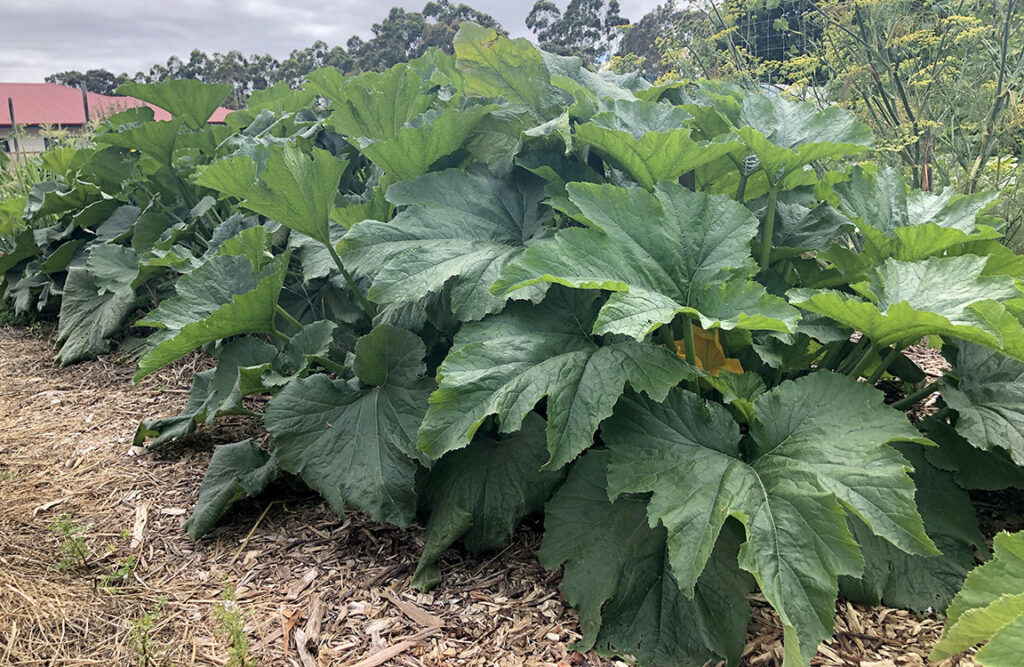Garden Update – February 2021
It’s been a couple of years since we first started on the Kikuyu patch that is now our demonstration garden. Over a steady procession of stages through the seasons it has been transformed into a whole new productive ecosystem showing that you can quite rapidly change soil fertility and function, get the weed population under control and encourage a good balance of beneficial species to keep pests and diseases in check.
The garden is now producing way too much for staff to keep up with, so we are selling most of it and generating funds that go back into further garden development and infrastructure. In addition, we have been using the patch to grow out and collect varieties of seed that thrive in this environment and taste great. We are well on the way to having enough to seed a village. J
Our poultry systems are running smoothly with both the ducks and chickens offering a steady supply of eggs (when they aren’t going broody). They are also doing a great job with pest control. We were overjoyed to discover that our new Indian Runner ducklings eat slaters as well as snails and slugs. The chickens and guinea pigs do a fine job of keeping up with our overgrown zucchinis/cucumber and other waste from the garden and in return provide us with plenty of manure.
As I mentioned in the last article we have been playing with a range of compost / vermiculture systems and there are definitely a couple of stand outs that are easy to make and use and produce a beautiful humus-like end product. This and other measures we are putting in place are all being done in readiness to support our residents when they start to establish their gardens.
With the coming Autumn rain, we will be sowing a diverse cover crop mix throughout the first residential garden areas. As our current community gardeners will testify, these cover crops do a great job of smothering weeds and preparing the soil for planting.
This header image is of a healthy zucchini plant that followed a cover crop and was given nothing more than a bit of our “magic compost” at planting.

